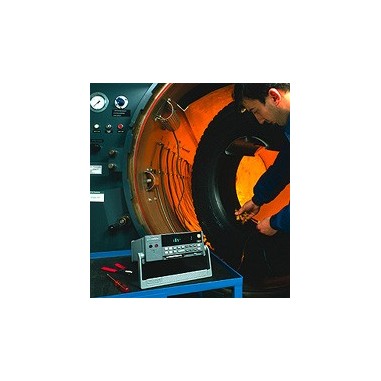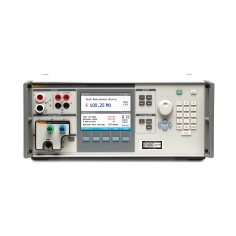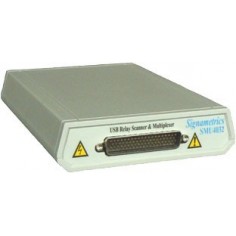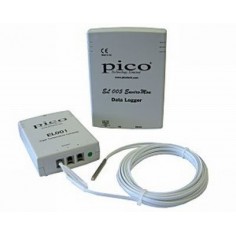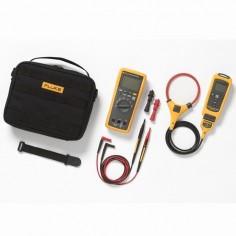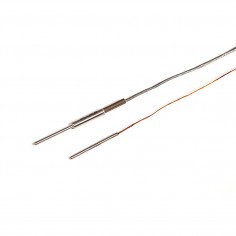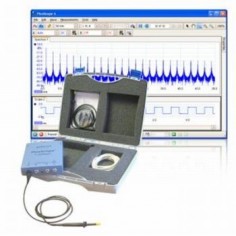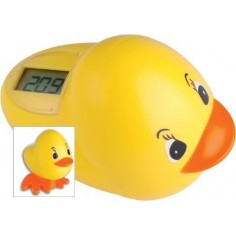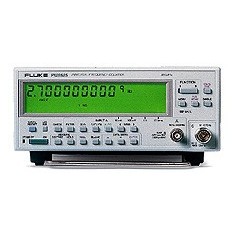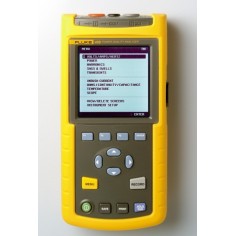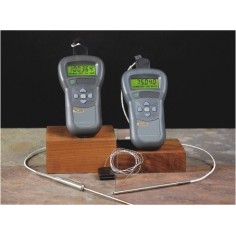Prístroj sa nedodáva, náhrada je Fluke 2638A alebo Fluke 1586A.
A soft protective case is supplied to protect the probe when not in use. Hydra Logger Software is also included for support of basic data collection and easy instrument configuration. Optional Trend Link for Fluke trending software (model 2600A-904) is also available for electronic chart recording display and analysis. In addition to being a precision thermometer, it is capable of measuring up to 18 additional channels of thermocouple, dc and ac Volts, frequency, and 2-wire Ohms. A total of 10 RTD probes can be connected and recorded at one time.
The 2635T is based on a Fluke Hydra Series II Data Bucket Data Logger which uses a PCMCIA memory card (256K) for storage of time stamped data. Data files may be imported to any standard spread sheet for analysis and documentation. The 2635A user"s manual (PN 932160) reflects all operational specifications and unit information except the 2635T"s special calibration data, which is specific to each unit.
Probe hook up diagram:
The probe connects to channel 1(input) and 11(excitation) on the Hydra input connector.
| Calibration Instruments > Temperature and Humidity Calibration > Thermometer Readouts > |
 |
| 2635T Recording Thermometer |
 |
| Thermometer Accuracy Specifications * |
| -196°C |
| Probe Uncertainty: |
± 0.003 |
| 2620A Uncertainty IPTS68: |
± 0.13 |
| 2620T Uncertainty (rss method): |
± 0.13 |
|
| 0.0 |
| Probe Uncertainty: |
± 0.005 |
| 2620A Uncertainty IPTS68: |
± 0.09 |
| 2620T Uncertainty (rss method): |
± 0.09 |
|
| 100 |
| Probe Uncertainty: |
± 0.005 |
| 2620A Uncertainty IPTS68: |
± 0.12 |
| 2620T Uncertainty (rss method): |
± 0.12 |
|
| 200 |
| Probe Uncertainty: |
± 0.005 |
| 2620A Uncertainty IPTS68: |
± 0.18 |
| 2620T Uncertainty (rss method): |
± 0.18 |
|
| 300 |
| Probe Uncertainty: |
± 0.006 |
| 2620A Uncertainty IPTS68: |
± 0.24 |
| 2620T Uncertainty (rss method): |
± 0.24 |
|
| 400 |
| Probe Uncertainty: |
± 0.006 |
| 2620A Uncertainty IPTS68: |
± 0.35 |
| 2620T Uncertainty (rss method): |
± 0.35 |
|
*1 year, 18° to 28° ambient, slow measurement rate. IEC 751 Amendment 2 (ITS90); 2620A algorithms are based on IPTS68.
All specifications are based on 3 standard deviations from nominal value (3 Sigma). Actual measured point values are often ten times better than published specifications. |


